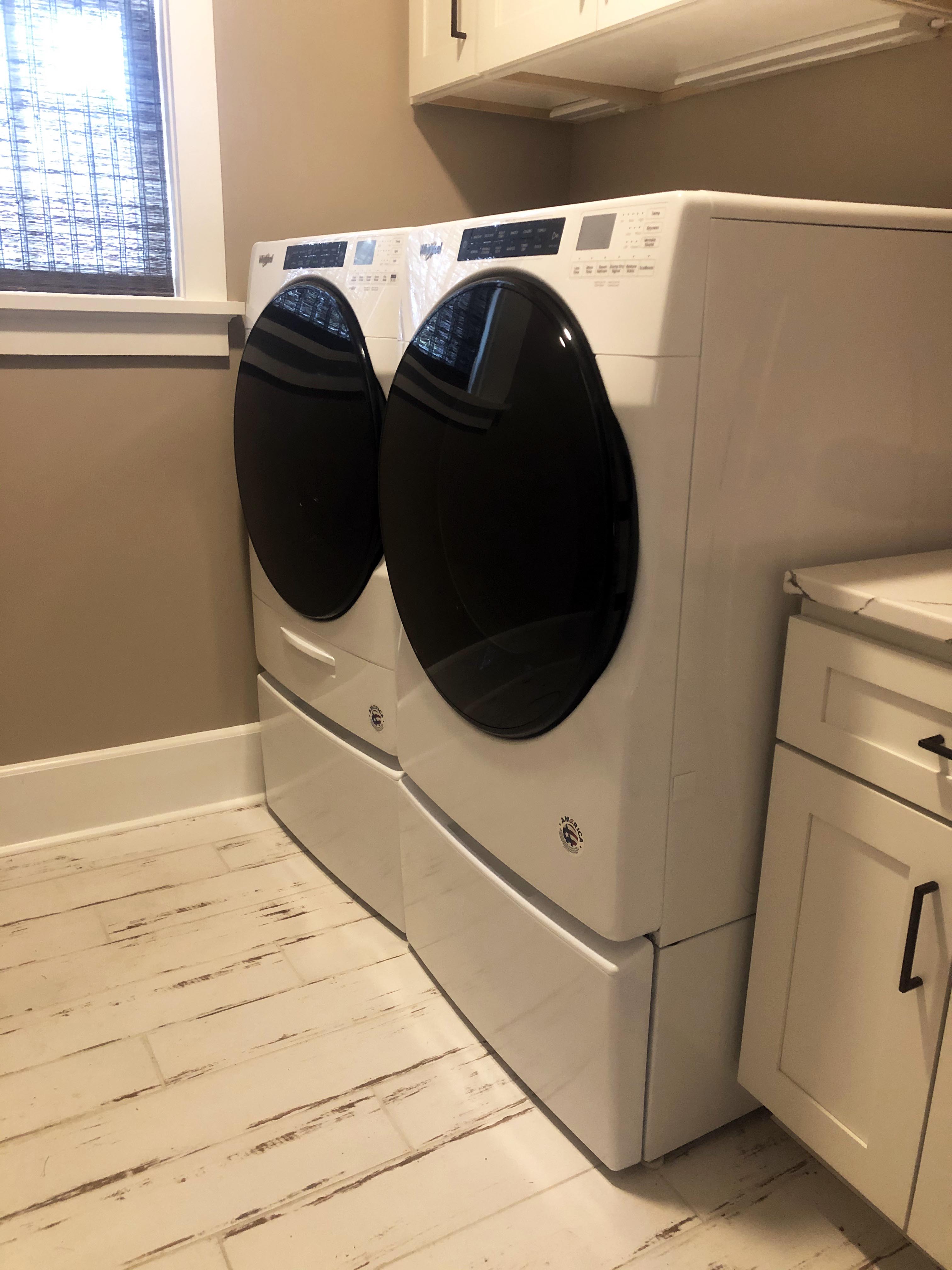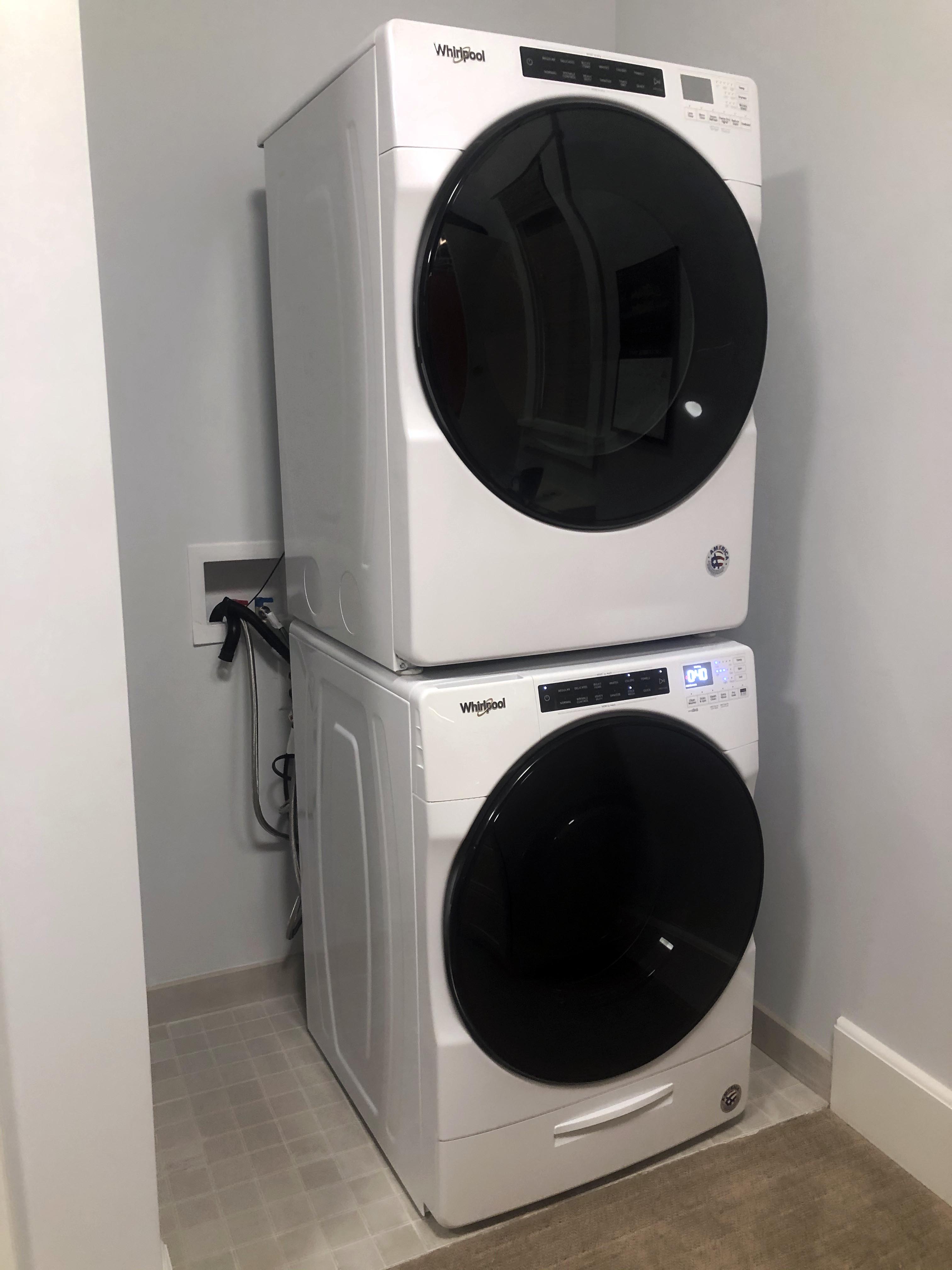Do you consider yourself tall or short? More importantly, do appliance and household goods manufacturers consider you tall or short? According to my exhaustive research (Google), the average height for a US male is 5’-9” and the average height for a US female is 5’-4”. The means of these two heights is 5’-6 ½”.
So What?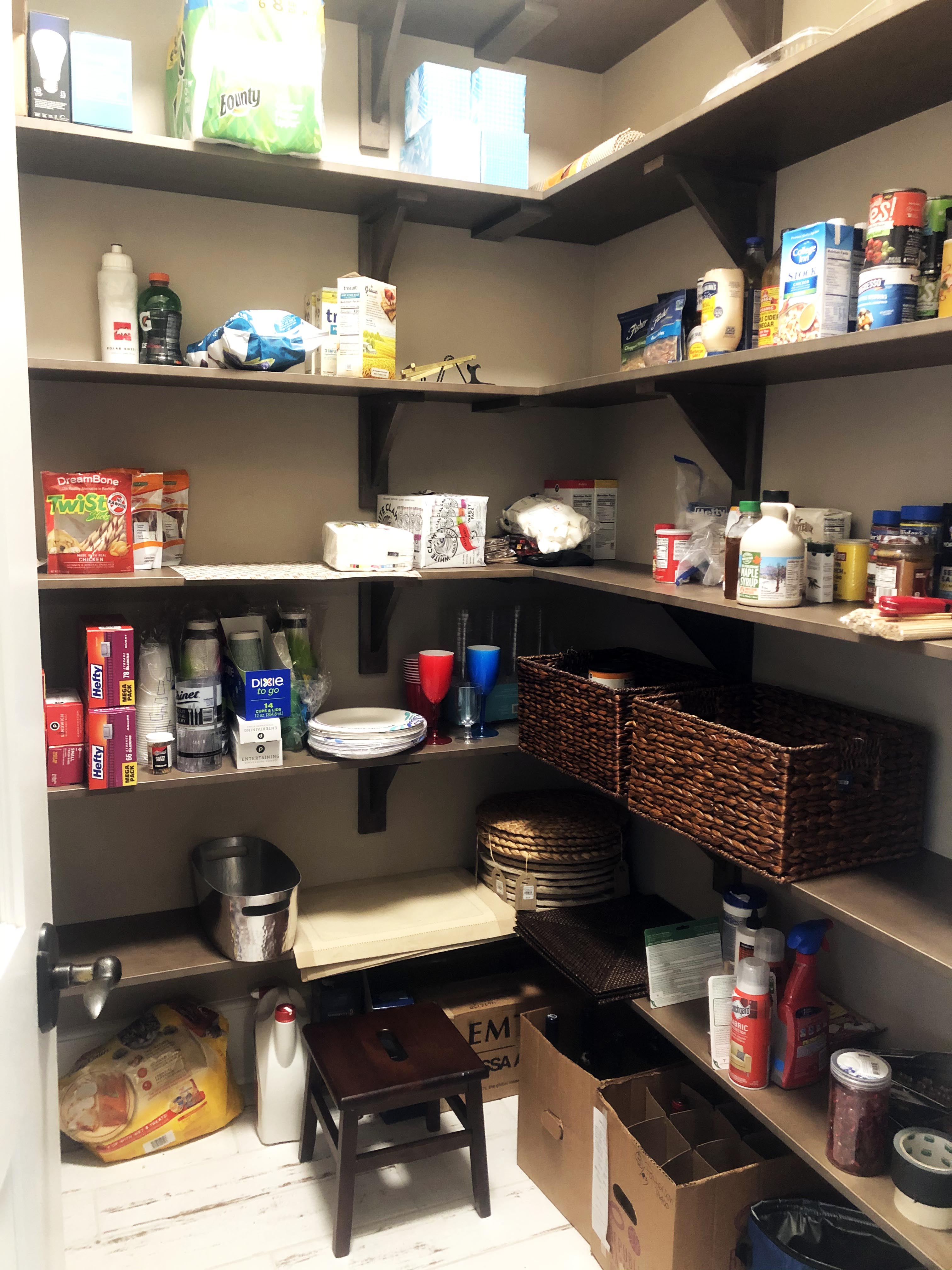
I was cleaning out and reorganizing my pantry this weekend. I quickly noticed how many things we use daily were placed on shelves either above my eye level or simply too high up for me to reach. Perfectly placed for my taller husband, but not for me. I live in a household of tall people, but the range isn’t as extreme as some households. My husband and two sons are all over 6’-1” tall (who’s the tallest is a hotly debated issue). My daughter is 5’-9”, so I’m the shortest at 5’-6 3/4”. Obviously, we are not a short bunch – but while I may be the runt in my family, from a manufactures’ point of view, I’m the average of the averages – “Just right”!
Back to the pantry; because we have 10’ ceilings, some shelves are way up high. These are mainly reserved for things we use less frequently – ie: that lobster pot from the eighties that can be accessed via step stool. So, I reorganized the pantry based upon what I could easily reach – just right! But importance of height goes far beyond the organization of my pantry.
Appliances
Friends of mine were in the market for a washer and dryer; new high efficiency units with water and energy saving features, wrinkle and static control, etc, etc. Should they continue with a side-by-side configuration or take the same units and stack them? Stacking would give them newfound space in their laundry room for things like the dog’s bed and food. Today’s manufactures now make the same high efficiency units that can be in either configuration; side by side or stacked.
Brilliant – unless you’re a woman standing 5’ nothing.
The washer and dryers they were considering had their controls at the top. In a side by side configuration, the controls were at 4’-4” above the floor on 16” tall pedestals. Now take the same units and stack them. Suddenly, the dryer’s controls are 6’-2” above the floor. The controls were out of her reach without the aid of a step stool. While a stool is perfectly acceptable for the top shelves in the pantry, it is not something you should have to rely on just to start the dryer. They wisely decided against stacking their washer and dryer.
So, when it comes to the controls for appliances, height matters. A quick survey around the Patterson household reveals the controls on our double oven are 5’-4” high – right at my eye level. Our thermostat is at 4’-9” and our alarm keypad is at 4’-6”.
(Yes, I was that geek walking around the house with a tape measure to prove that I am the Goldilocks of heights and that I might need a new hobby…)
Where else does height matter?
- Kitchen: Upper Cabinets
- Master Bath: Countertops
- Master Closet: Rods and Shelves
Today, we love our high ceilings because they give us a rich look and make the space feel larger. On a functional level, this allowed us to start adding storage up high – from 42” upper cabinets, double rows of upper cabinets, double rows of hanging in our closets, to 36” high vanities. But just how usable are those highly desirable, super-tall cabinets?
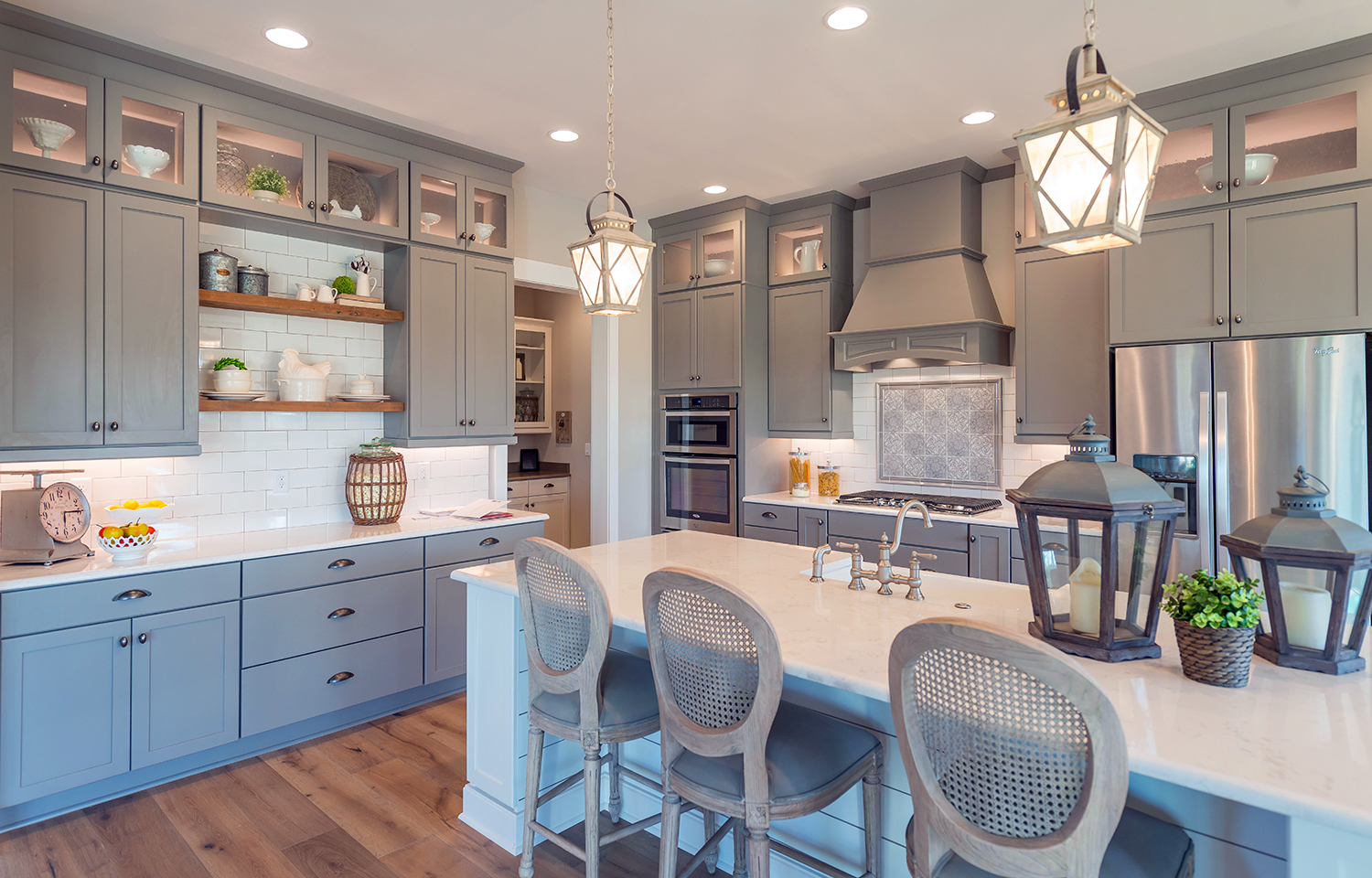
Back when our three kids were little, we had a nanny who watched the kids after school. She was shorter in stature, so she struggled in a household of tall people trying to reach things that were fine for us. She had to utilize the cooking tongs to access cups and glasses placed out of her reach. While shorter people have always found ingenious ways to adapt, is this really progress?
Challenges in 55+
Again, according to omniscient Google, men lose between 1.2” to 1.5” inches as they age. The average woman loses up to 2” by age 70. If the average woman was 5’-4” in her twenties, the average 70-year-old woman is 5’-2”. At that height, she is now 4 ½” shorter than what most things are designed for and now things start to become out of reach. Even those who don’t shrink eventually get to the point where they shouldn’t be climbing on counters to reach something.
Brainstorm Ideas for shorter people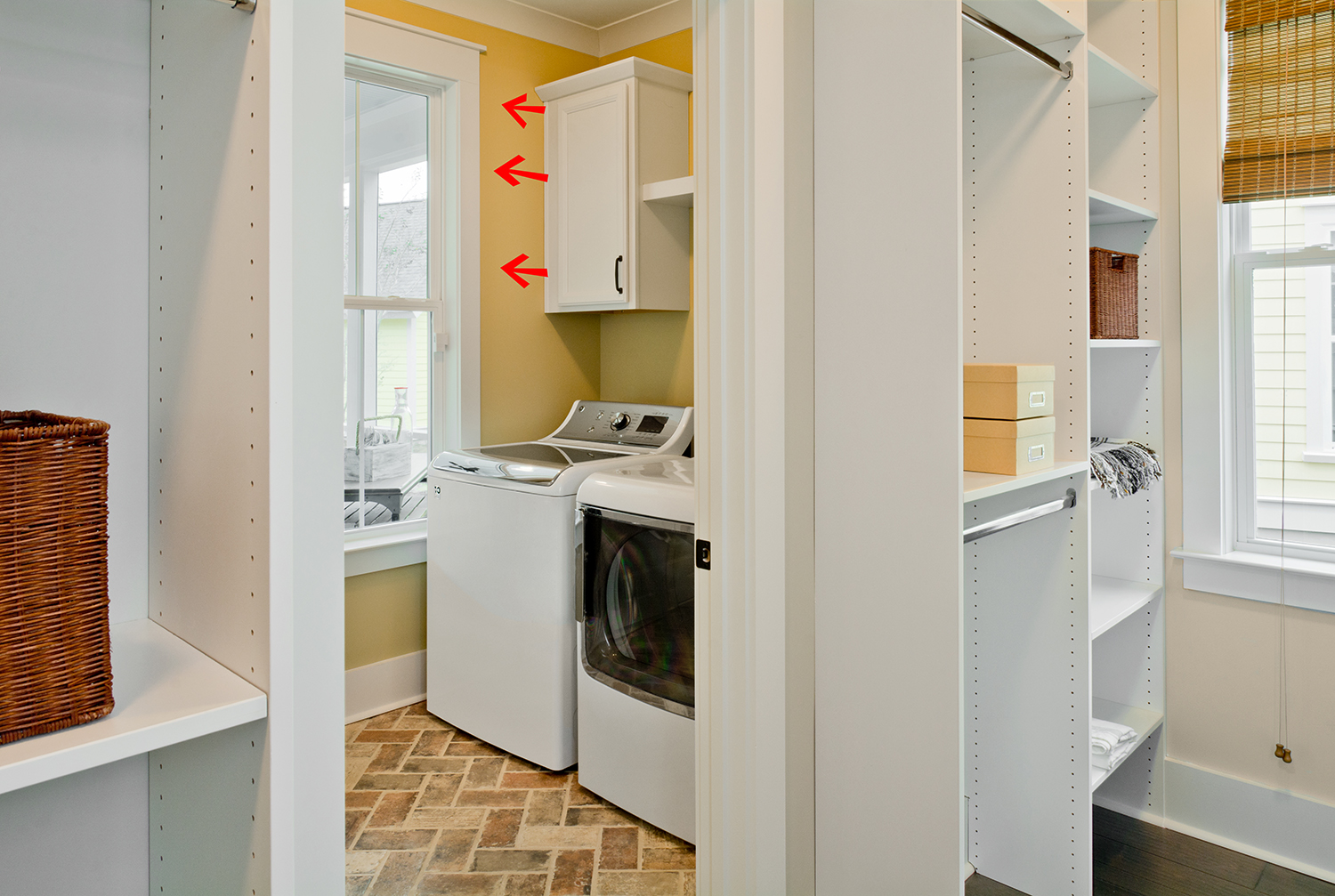
In some instances, the solution to tall cabinets isn’t a height problem, it’s depth! In the laundry room, consider making the upper cabinets 18” or 24” deep instead of the 12” ones that you find in the kitchen. Those cabinets are mounted above a 24” deep lower cabinet, whereas the washer and dryer are 36” from the wall (30” deep and placed 6” off the wall for water hook up and dryer vents). No need to whip out the calculator, that’s 12” further away from your upper cabinets compared to the ones in your kitchen. With this added depth, shorter buyers can at least reach the bottom shelf despite the cabinets being mounted at the same height.
In the kitchen, consider mounting some upper cabinets on the countertop, creating a 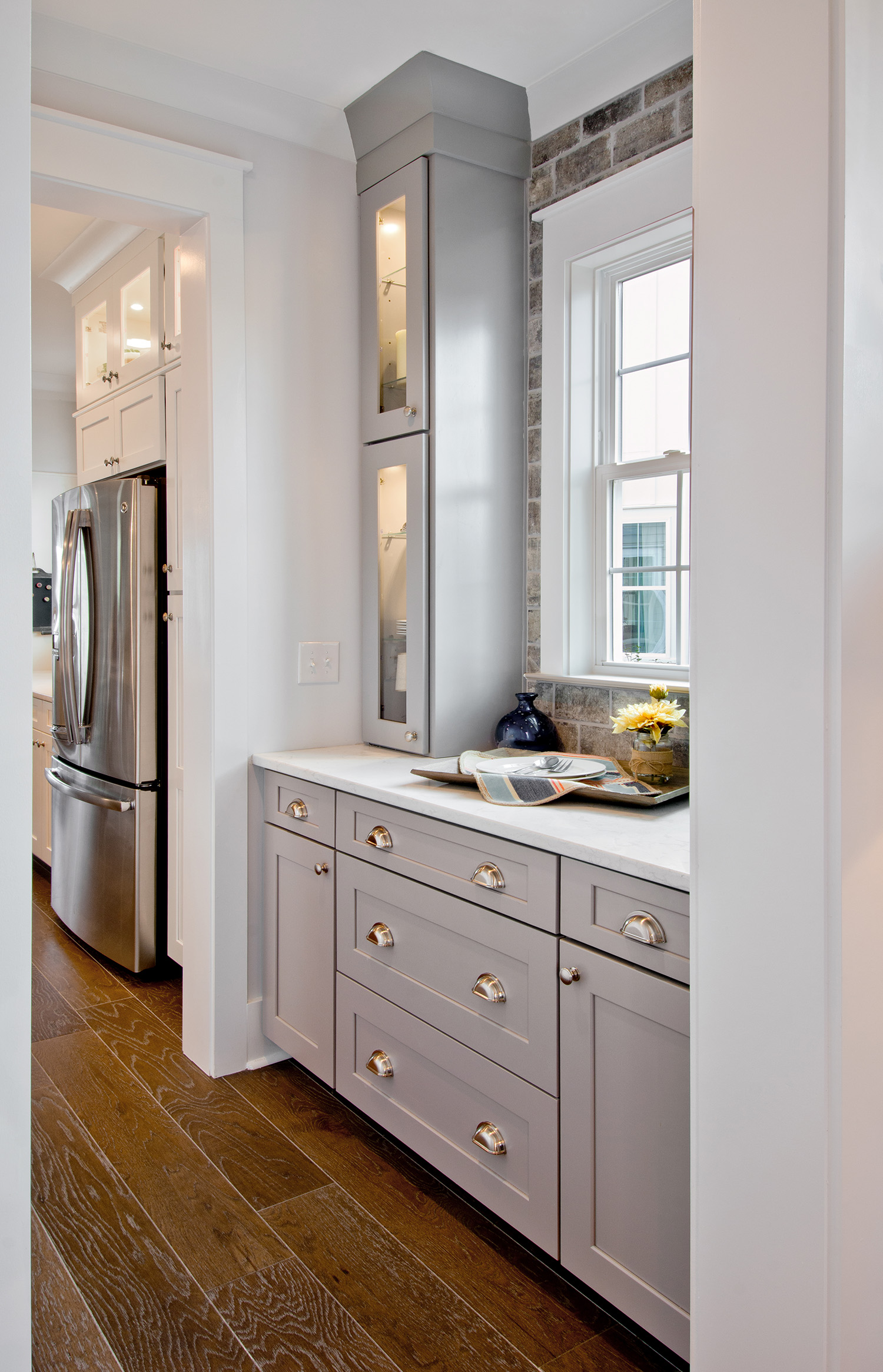 built-in china cabinet. Or perhaps a larger pantry creating more shelves within arm’s reach. If you have his/her vanities, you might consider making hers shorter. In the master closet, “his” hanging and shelving can be mounted higher than “hers”.
built-in china cabinet. Or perhaps a larger pantry creating more shelves within arm’s reach. If you have his/her vanities, you might consider making hers shorter. In the master closet, “his” hanging and shelving can be mounted higher than “hers”.
But what do you think? If you are shorter (or have a short spouse), would any of these make a difference in your own household? How have you (or shorter family members) been creative in adapting to a house built for taller folks?
Categorized in: Housing Design Tips
This post was written by Housing Design Matters


